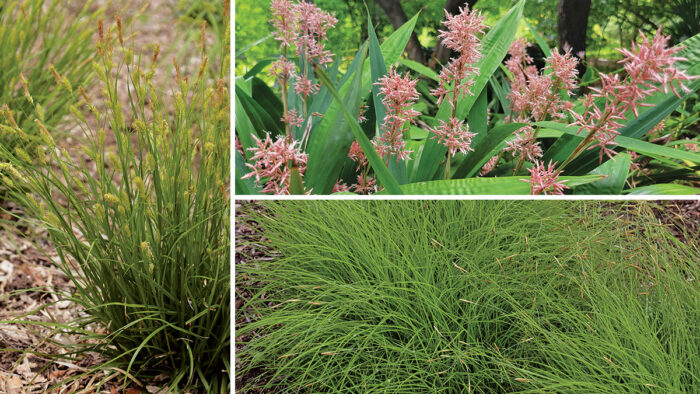
There are people who categorize plants as either workhorses or showboats, but wouldn’t we prefer our workhorses to be showboats, and vice versa? Few plants fit that brief quite so well as the lowly sedge, at least when you select the right one.
The Carex genus includes about 2,000 species worldwide, with about 500 of those being native to North America. Most grow best with at least some shade, though there are also many sun-loving species. Sedges are cool-season perennials; some are evergreen, and some are deciduous. Almost all have narrow, grassy foliage, and they can be used much like true grasses in the landscape.
With a group of plants as vast as this one, it would be tough to have just one expert weigh in on the most garden-worthy selections. That’s why we asked Mark Weathington to highlight some of the showiest ornamental sedges from around the world and Sam Hoadley to introduce some of the top-performing North American native species from the recent Mt. Cuba Center trial. Whether you need a delightfully textured ground cover or a standout specimen, there is a sedge for you.
At a glance: Carex spp. and cvs.
Zones: 3–10
Conditions: Partial to full shade, with some species tolerating or preferring full sun; adaptable to a range of soil types and moisture levels
Habit: Clumping or rhizomatous; mostly with narrow, grasslike foliage
Propagation: By division in late winter or early spring
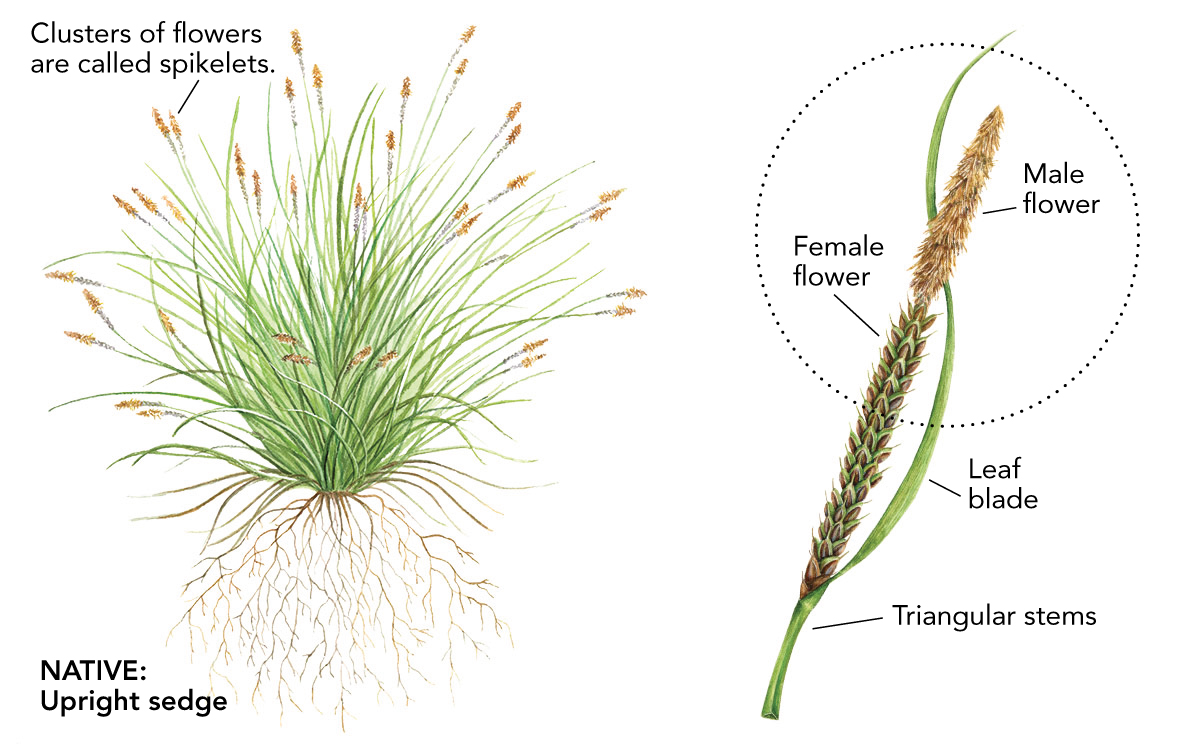
Sedges go with everything
Carex in a garden setting can make anyone look like they’ve got an eye for design. There is a species or cultivar for almost any situation—wet or dry, shade or sun, spreading or clumping—and sedges always up the ante. Here are a few fun ideas for incorporating more of them into your garden beds.
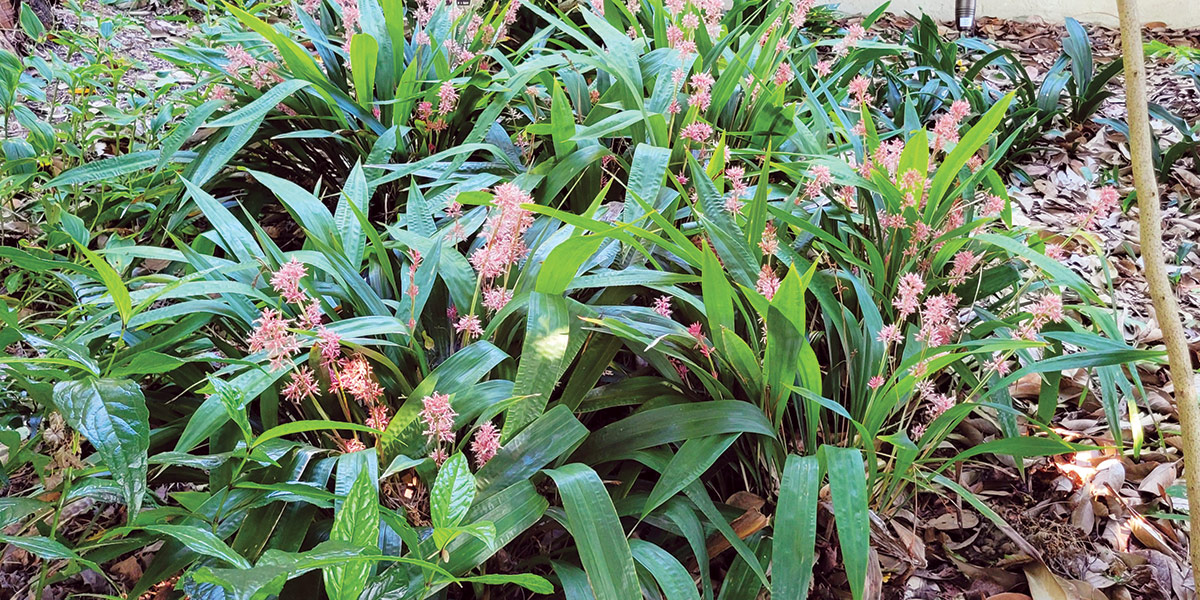
Go for mass appeal
Almost all sedges are fantastic in drifts, whether you are using a native species to create a naturalistic ground layer in a woodland garden, or a showier cultivar that screams, “Look at me!”
| Compare and contrast
Variegated cultivars are useful as repetitive features in a design, especially when they provide a bright counterpoint or color echo for companion plants. |
Make it a focal point
Used individually, clumping sedges create a quiet statement with their fine textures and constrained tussock shapes. |
Pop it in a pot
The effect can be elegant or whimsical, depending on your choice of container, with the lovely foliage arching up and out. |
Mark Weathington is the director of the JC Raulston Arboretum at NC State University in Raleigh, North Carolina, and the author of Gardening in the South: The Complete Homeowner’s Guide.
Sam Hoadley is the manager of horticultural research at Mt. Cuba Center in Hockessin, Delaware.
Sources:
The following mail-order sources may offer some of the plants featured in this article:
- Digging Dog Nursery, Albion, CA; 707-937-1130; diggingdog.com
- Izel Native Plants, Washington, DC; 410-989-3721; izelplants.com
- Plant Delights Nursery, Raleigh, NC; 919-772-4794; plantdelights.com
- Prairie Nursery, Westfield, WI; 800-476-9453; prairienursery.com
- Rare Roots, Mechanicsville, VA; 804-296-6592; rareroots.com
- Sooner Plant Farm, Park Hill, OK; 918-453-0771; soonerplantfarm.com
Fine Gardening Recommended Products
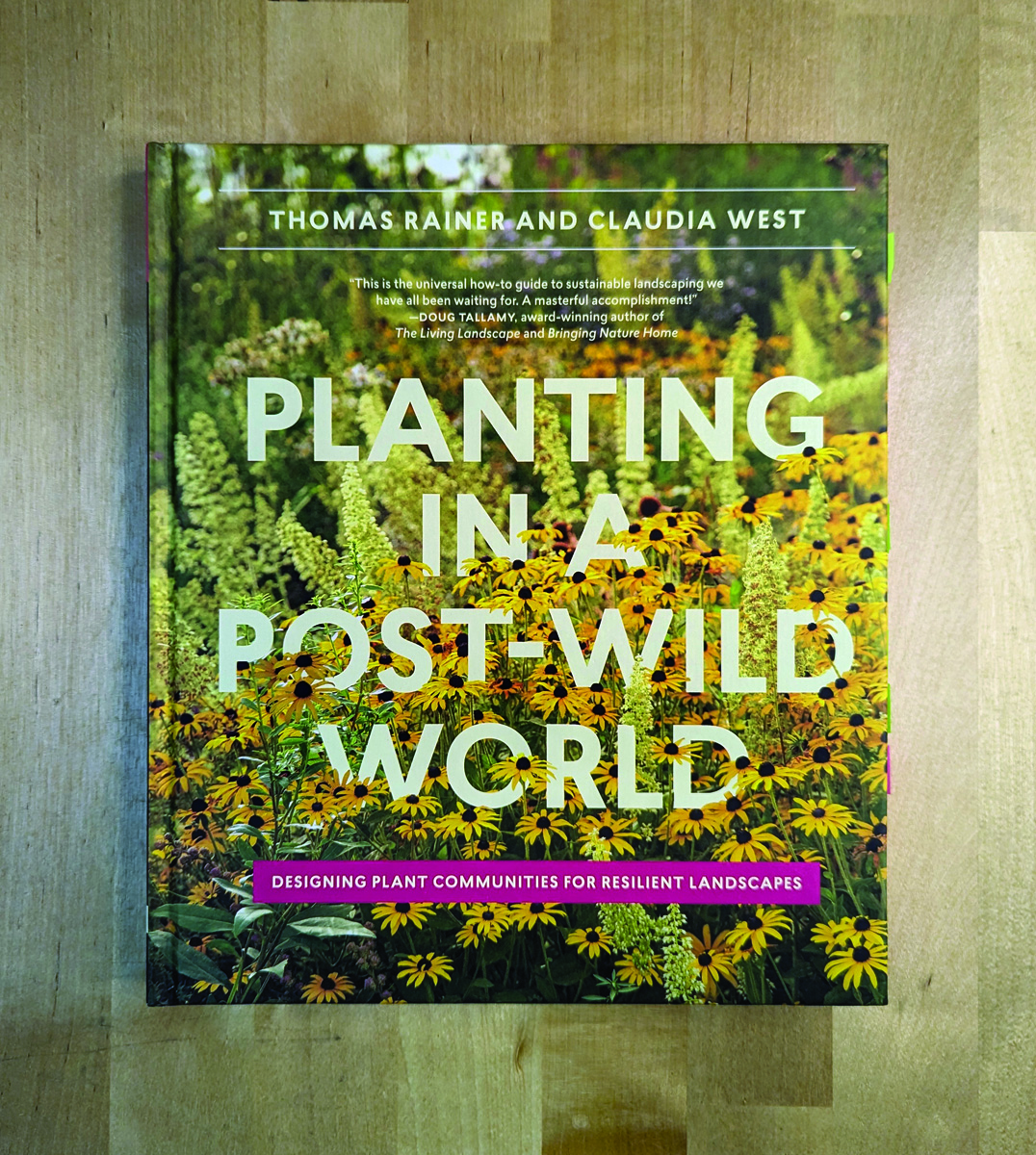
Planting in a Post-Wild World: Designing Plant Communities for Resilient Landscapes
Fine Gardening receives a commission for items purchased through links on this site, including Amazon Associates and other affiliate advertising programs.
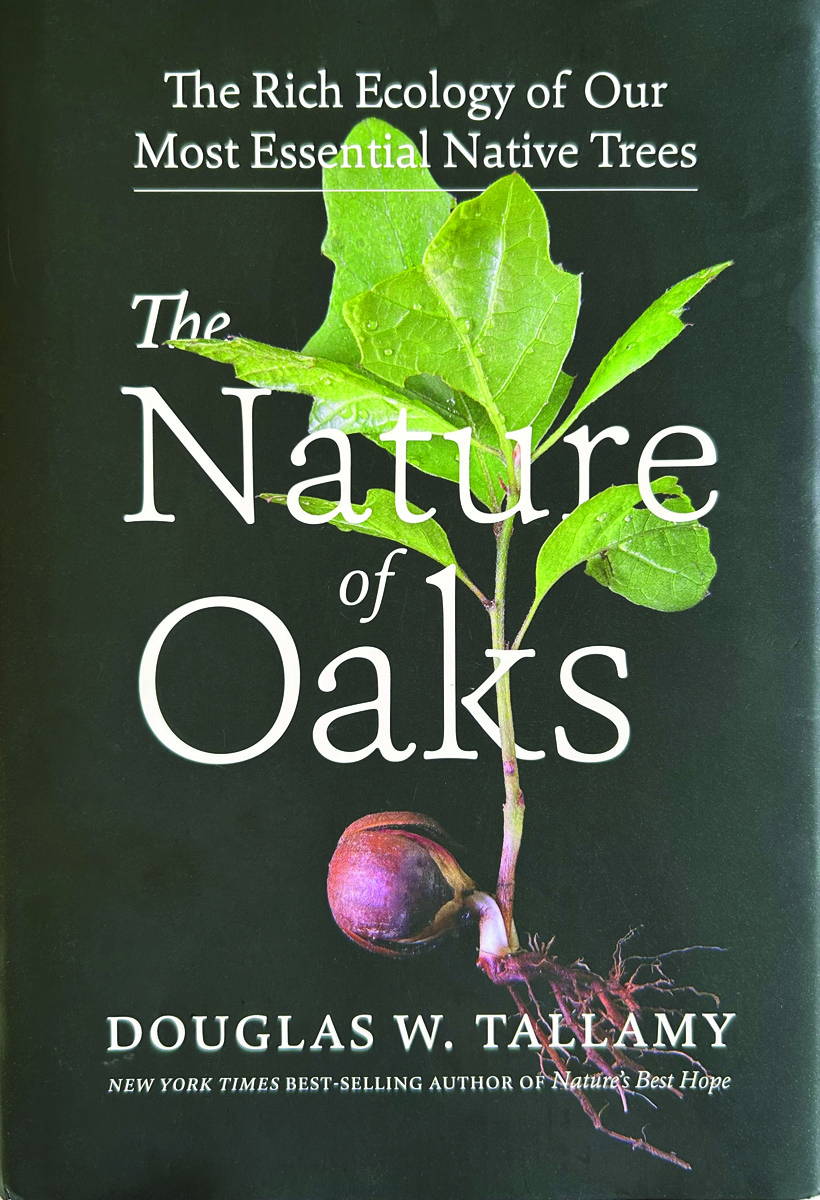
The Nature of Oaks: The Rich Ecology of Our Most Essential Native Trees
Fine Gardening receives a commission for items purchased through links on this site, including Amazon Associates and other affiliate advertising programs.

Scotts Cordless Grass-Shear/Shrub-Trimmer Combo
Fine Gardening receives a commission for items purchased through links on this site, including Amazon Associates and other affiliate advertising programs.


















